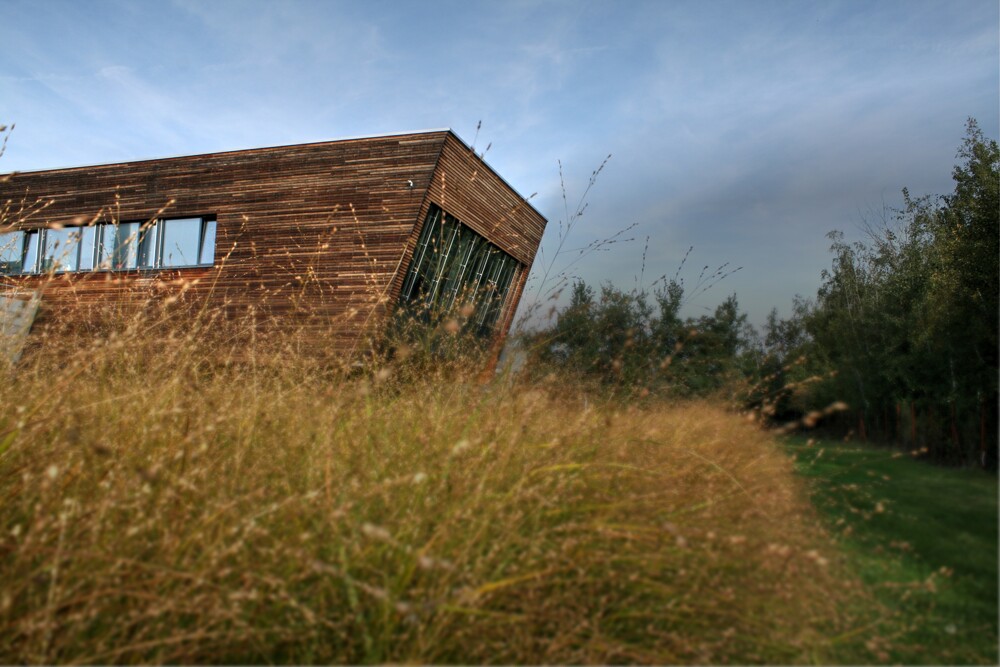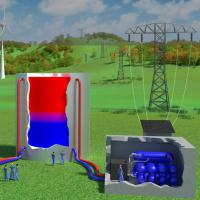

The working group operating within the University Centre for Energy-Efficient Buildings and the Faculty of Mechanical Engineering of CTU investigates the issue of electricity storage through heat for relatively larger outputs and capacities at the level of power plants and heating plants. Technologies collectively known as Carnot batteries have a high potential to enter the energy market in the near future and significantly influence it.
Since the end of the last century, renewable energy sources from the sun and wind have been installed more and more often. However, the supply of electricity from them fluctuates, which is problematic for the electricity system, which must cover the needs of consumers, which often overlap with production from renewable sources. The solution is to store cheap surpluses of electricity and supply them to the grid in times of shortage, when their price rises significantly.
Ideal storage units for this purpose should be able to accumulate electricity for as long as possible, in the largest possible amount and as cheaply as possible, but practically in units of days to months and in the range of tens of MW to GW units. Currently, pumped storage hydropower plants are the most widely used in the world for storing electricity, but they are, however, greatly limited by their geographical location and their impact on the character of the landscape.
The solution could be Carnot batteries, as various technologies for storing electricity into heat and converting it back into electricity are collectively called, which offer many solutions and a large number of their combinations. Within the project Využití nízkopotenciálního odpadního tepla pro skladování elektřiny pomocí konceptu Carnot batteries with experts from CTU UCEEB in cooperation with Tepelná prámá Mach company trying to find and experimentally verify the most promising configuration of Carnot batteries for the use of waste heat, specifically focusing on the accumulation part of the system – the heat pump and heat accumulation, for which a reservoir with stone dust will be used. Another goal is the creation of case studies, including the design of business models for commercial applications, including finding barriers to widespread deployment of the technology and how to overcome them.